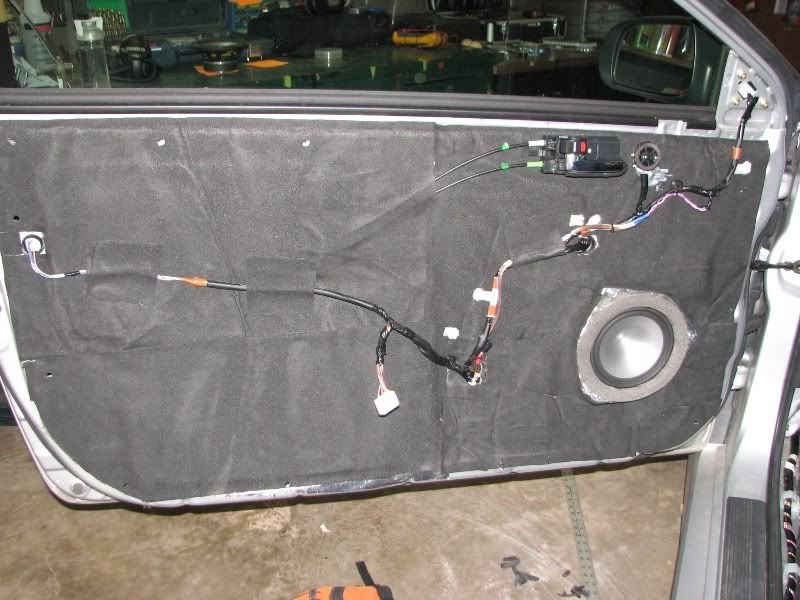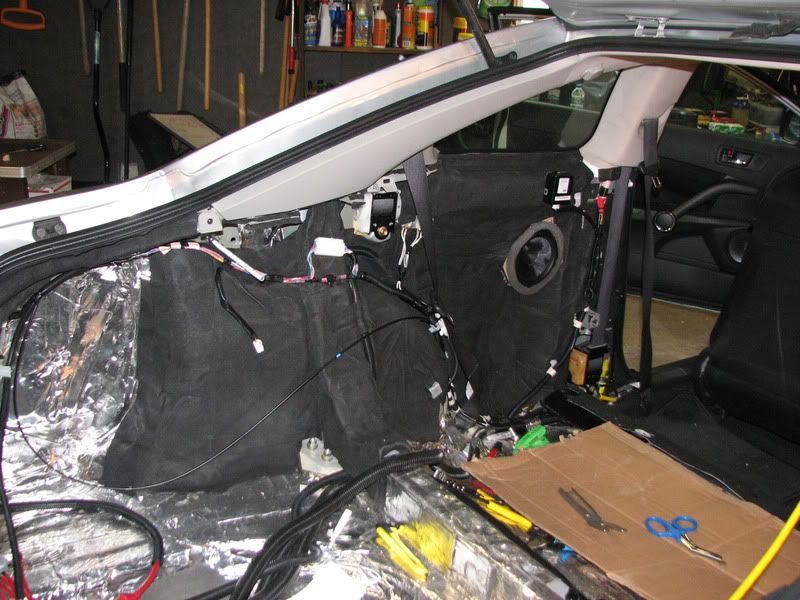GammaRadiation 10+ year member
Member
I wasn't suggesting it was the best way, which is why I have plywood backing.Nobody is suggesting that you can't build an inefficient barrier using multiple layers of vibration damper - just that it doesn't make any sense to do it that way.
I'd need to see measurements that showed improvement to believe that was anything more than misunderstanding the purpose of bass traps in a listening room, similar to the: they use foam on the walls of recording studios so I'll put (closed cell) foam on the outer skin of my car door conventional wisdom question I was responding to.
The difference in the closing sound over a single layer and multiple layers of vibration damper is downward resonant frequency shift from the added mass. Nice feature but really nothing to do with the doors' potential as a speaker mounting sytem. It's completely impractical to try to lower a vehicle panel's resonant frequency below the audible range because of the absurd amount of mass required. Since there's some offsetting panel stiffening with vibration damper it's even harder to accomplish.
These are the kind of completely subjective descriptions that make it possible to sell "audiophiles" speaker wire trestles and special magic markers to enhance CD fidelity. The funny thing about claims like these is that they not only don't demonstrate any change they don't even provide enough information to to tell if the claimed change is good or bad.
You may like my "school story" but everything I've said is consistent with the relevant physics and easy to demonstrate. You refuted it with the equivalent of wine tasting cliches.
The physics of it most certainly lends it to a reduction in high frequency road noise and a minor dampening affect, similar to stuffing an enclosure. It dampens reflections. I dont have an RTA and am not in the sound deadening business so I didn't take physical measurements. But my own ears are good enough for me. You may claim that it is a placebo effect. I did the work so it must sound better, right? This might be true, but your blanket statement of "no one has ever" and now claim that the the theory behind it isn't sound physics is a bit reckless. If you're so set in stone about it, post your results of it producing negligible results instead of harping on the many people who feel that foams have a legitimate application in improving sound quality.






